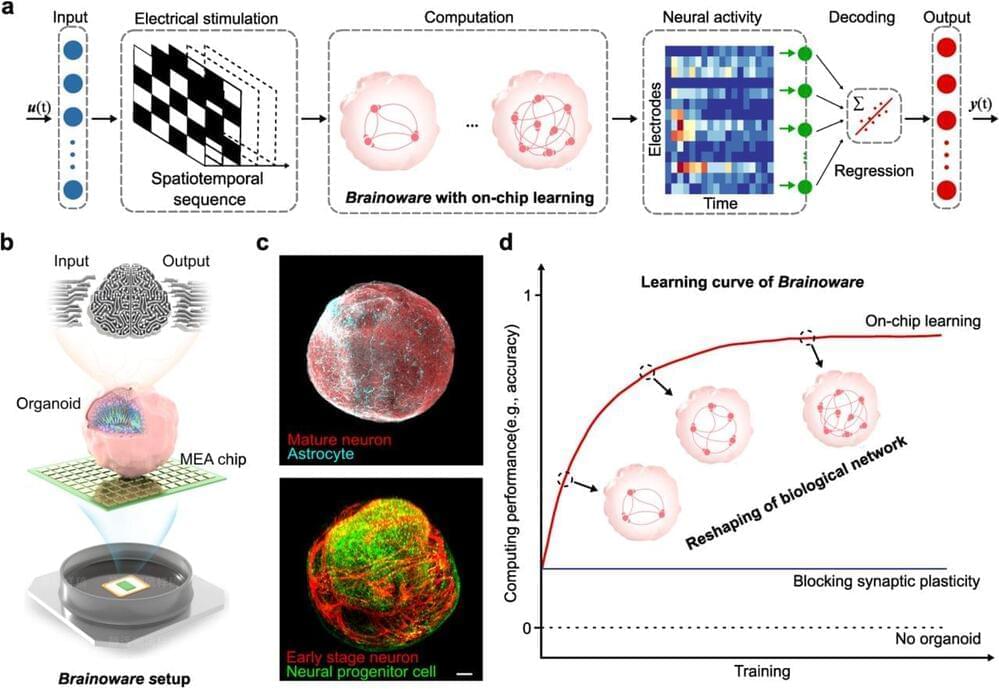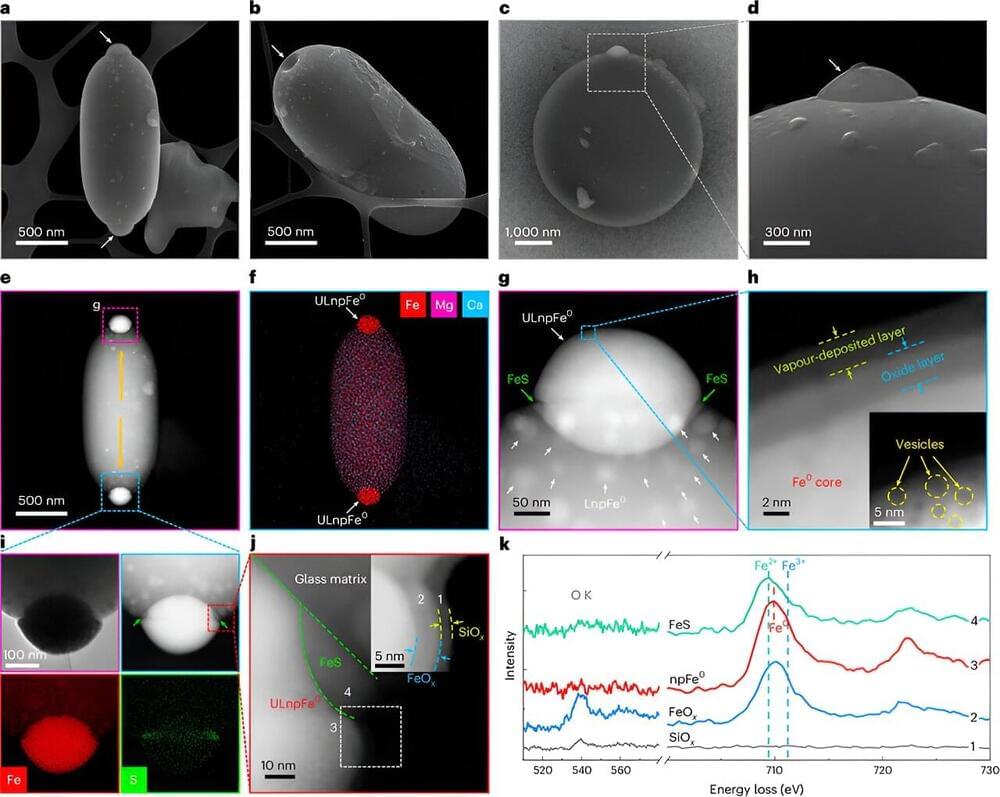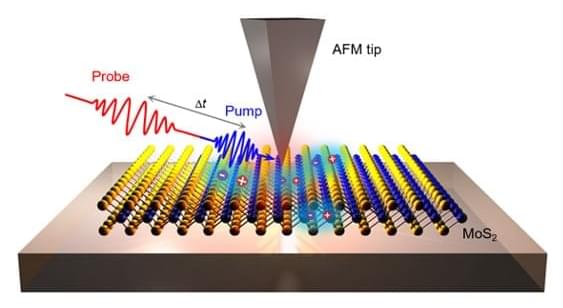The dramatic advances in efferent neural interfaces over the past decade are remarkable, with cortical signals used to allow paralyzed patients to control the movement of a prosthetic limb or even their own hand. However, this success has thrown into relief, the relative lack of progress in our ability to restore somatosensation to these same patients. Somatosensation, including proprioception, the sense of limb position and movement, plays a crucial role in even basic motor tasks like reaching and walking. Its loss results in crippling deficits. Historical work dating back decades and even centuries has demonstrated that modality-specific sensations can be elicited by activating the central nervous system electrically. Recent work has focused on the challenge of refining these sensations by stimulating the somatosensory cortex (S1) directly. Animals are able to detect particular patterns of stimulation and even associate those patterns with particular sensory cues. Most of this work has involved areas of the somatosensory cortex that mediate the sense of touch. Very little corresponding work has been done for proprioception. Here we describe the effort to develop afferent neural interfaces through spatiotemporally precise intracortical microstimulation (ICMS). We review what is known of the cortical representation of proprioception, and describe recent work in our lab that demonstrates for the first time, that sensations like those of natural proprioception may be evoked by ICMS in S1. These preliminary findings are an important first step to the development of an afferent cortical interface to restore proprioception.
Keywords: Intracortical microstimulation (ICMS); Prosthesis; Somatosensation; Somatosensory cortex.







